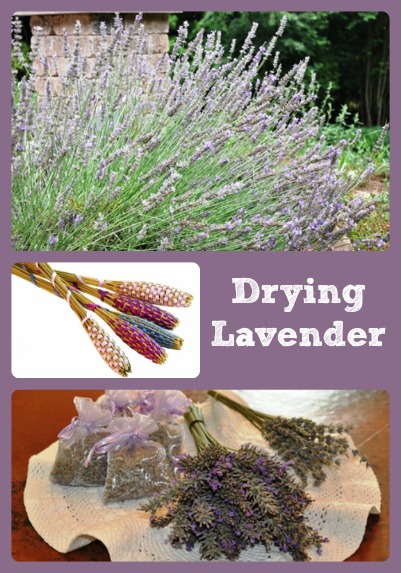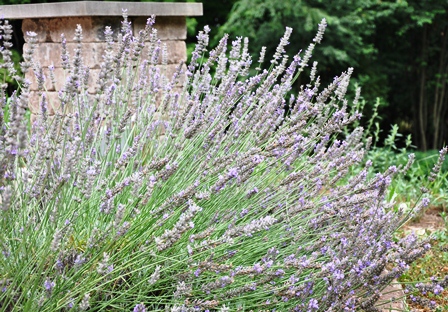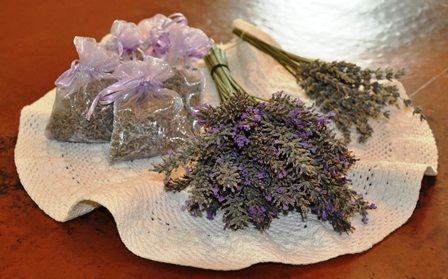The lavender is blooming now, so it’s time to start drying it – I love having it around for sachets and 
There’s really nothing difficult about drying lavender – simply gather the flowering stems just as the flowers start to open and hang in small bunches to dry. When cutting the stems, be sure to leave a few inches of green growth on the plant – don’t go all the way down to the woody portion of the stem.
When you’ve cut enough blossoms to fill your hand, wrap a rubber band around the bottom of the bundle, straighten a paperclip, and use it as a hook to hang the lavender bundle upside down in a dry, dark place. The dark helps the lavender retain its color, and drying it upside down helps the lavender retain its bloom shape.


S.Lynn says
I just discovered it as a culinary ingredient. Lavender shortbread-yum.
Nancy @ Little Homestead in Boise says
I hang my bunches upside down in the bathrooms and they’re still very colorful!
Lesa says
Nancy, I’ll bet that makes delightful smelling bathrooms!